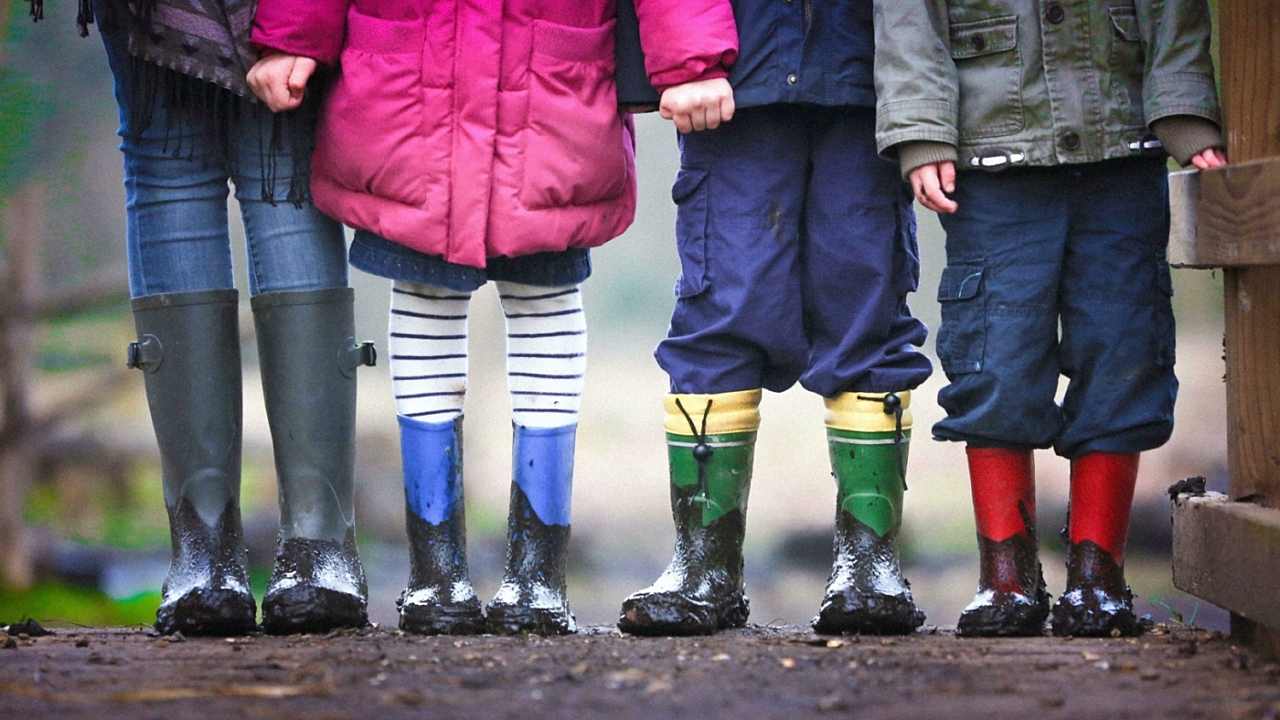Health/allied health practitioners have a vital role in protecting children from future harm, and many feel they have a moral obligation to do so. Their role can include supporting families and linking them with specialist support services, monitoring and recording issues, and alerting the appropriate authorities when required. In Australia we have a differential response system which means that there are different response requirements depending upon the level of risk to the child.
Sadly, we know little about the extent to which health practitioners can identify appropriate responses. Unfortunately, concerns raised globally suggest that health practitioners may struggle to do so. For example, health practitioners have failed to report situations where there are life-threatening risks to children. On the other hand, concerns have also been raised regarding the number of families being unnecessarily subjected to invasive statutory interventions when more supportive interventions are indicated. Moreover, we know very little about how to best train health practitioners to make appropriate decisions in such circumstances.
By teaming up with the NSW Child Protection Helpline and the NSW Health Child Wellbeing Unit, we developed an approach and valuable tools to start exploring these important issues (see our recently published paper ‘Appropriate responses to potential child abuse: The importance of information quality’ – available for free until 28 May 2021 via: https://authors.elsevier.com/a/1ctFMX18YO1gC).
Our operational definition of an ‘appropriate response’ is different to what is typically assumed within normative child protection decision-making research (i.e. that it should be based on child and family outcomes – a definition fraught with confounds!). We operationalise it in terms of decision alignment with the child protection system. This definition allows us to explore how best to assist health practitioners to effectively use the child protection system they are in to get the most appropriate and timely support for vulnerable children and their families.
We developed 285 scenarios based on real child protection reports made by health/allied health practitioners that covered a range of appropriate response pathways and abuse types. An appropriate response for each scenario was identified by having 34 child protection professionals provide their opinion and rationales. The child protection professionals displayed moderate (e.g., krippendorf’s alpha = 0.58, 95 % CI: 0.52 to 0.62) interrater agreement as to the appropriate response. For 127 of the 285 scenarios (44.56 %), there was strong consensus (K = 0.73, 95 % CI: 0.66 to 0.78). Professional consensus for our scenarios was higher than anticipated from previous research, although still low compared to generally acceptable levels. Although not the intended purpose of this study, our results suggest several promising avenues to increase child protection professional consensus as well as providing us with a large set of ecologically valid scenarios to explore the appropriateness of health practitioners responses and how to most efficiently enhance their decision-making.
Improving the quality of information and decision-making at the earliest point that a vulnerable family has contact with the child welfare system has the potential to improve the quality of all subsequent decision-making for families. Until such research is undertaken there will be families who continue to experience unnecessary and potentially traumatic intrusion into their family, and children and young people who will be left without adequate protection.




